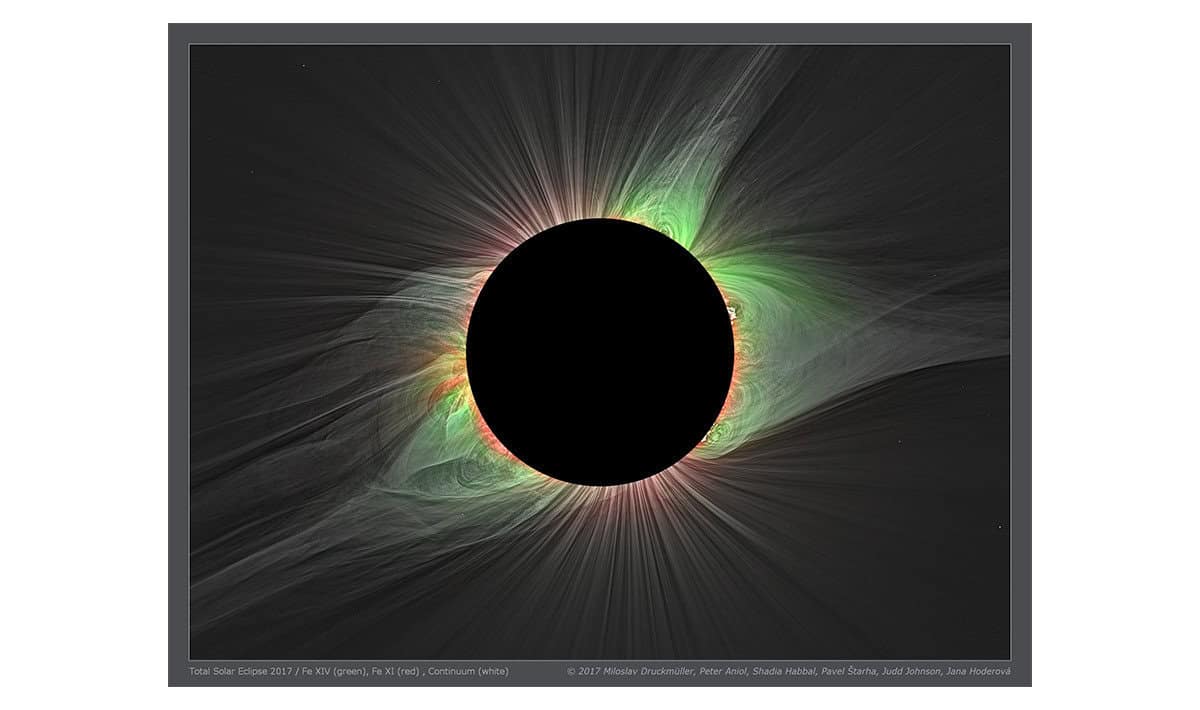
Space Physics Research Laboratory Moves New SPICES Instrument Closer to Realization
A new instrument could accelerate particles faster than ever before onboard a spacecraft, improving their identification.

A new instrument could accelerate particles faster than ever before onboard a spacecraft, improving their identification.
In an effort to demystify the chemical make-up of the solar wind, the Space Physics Research Laboratory (SPRL) has developed an instrument capable of accelerating particles faster than ever before onboard a spacecraft, improving their identification. Engineers in the lab designed, in collaboration with space scientists in Climate and Space Sciences and Engineering, SPICES, the Solar wind Pickup Ion Composition Energy Spectrometer, which will give scientists new insights into the plasma that flows from the atmosphere of the sun out into the solar system.
Led by Professor Susan Lepri, Ph.D., the SPICES instrument will measure the solar wind in higher resolution, helping scientists better understand space plasma and the streams of charged particles that flow through space.
The spectrometer is designed to give high-resolution measurements of not only the solar wind’s composition, including speed, density, mass and the charge of the particles, but also pickup ions from a variety of sources (cometary, planetary, interstellar), which can be carried along with the solar wind. SPICES is optimized to detect heavy ions (heavier than helium), including rare low-charge ions and isotopes, which can’t be easily measured by existing spaceborne sensors.
Inside the SPRL lab, engineers have been working to construct this cutting-edge, high-voltage instrument since 2018. They have put SPICES through many types of testing in the lab, guaranteeing it can operate with 50,000 volts of energy during spaceflight. The technology has successfully undergone vibration testing, sub-component testing, bench-top testing, and thermal-vacuum testing, ensuring the instrument can survive the harsh conditions in space.
In California, at the annual meeting of the American Geophysical Union in December, Lepri announced that SPICES is now ready to be proposed for future spaceflight opportunities. The new instrument was also featured in a NASA tech highlight in October.
“We designed SPICES with the idea that it is modular. This instrument can go anywhere in the heliosphere,” said Lepri. “We look forward to opportunities to fly SPICES on upcoming missions.”
Once SPICES is launched into space, the spectrometer will provide crucial details on the chemical composition of the solar wind and the solar atmosphere, how the solar wind behaves and interacts with planets and their atmospheres, as well as interstellar material that drifts into the solar system.
SPICES may also hold the key to better understanding the formation and acceleration of solar storms, because it can measure the properties of heavy ions which are tracers of the thermal history and sources of eruptions on the surface of the sun. Using this information, scientists can better predict the timing and severity of solar plasma ejections and their potential impacts on Earth.
“This will help scientists make an important step forward,” said Lepri. “We, at the University of Michigan, are thrilled to push the limits on the capabilities of spaceborne ion mass spectrometry.”
SPICES was built by engineers at the University of Michigan’s Space Physics Research Laboratory, with contributions from Southwest Research Institute in Texas. The sensor’s original design was a result of collaboration of scientists at the University of Michigan Department of Climate and Space Sciences and Engineering, including Dr. George Gloeckler, one of the pioneers of space-based ion mass spectrometers; Professor Susan Lepri; Dr. Jason Gilbert; and Associate Professor Jim Raines, and other members of the Solar and Heliospheric Research Group.
For more information, visit the Space Physics Research Laboratory.